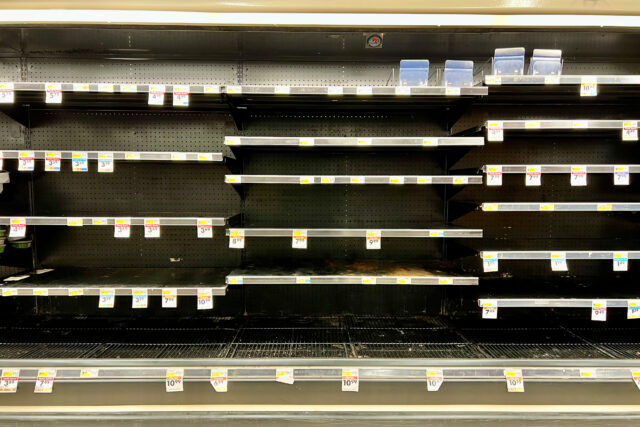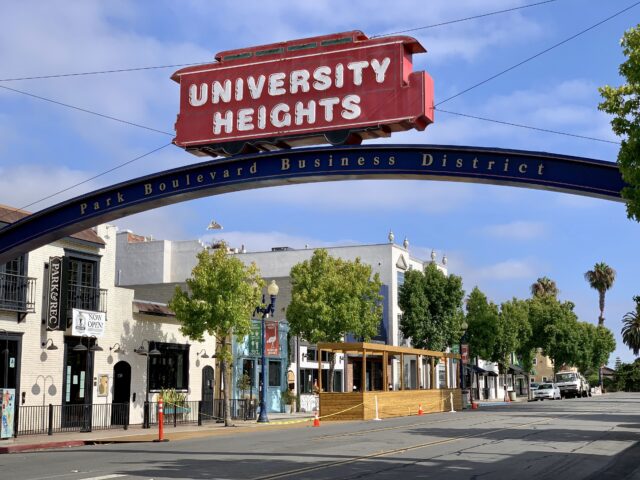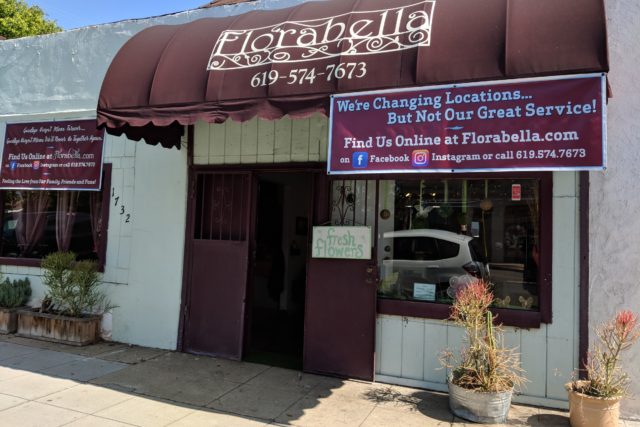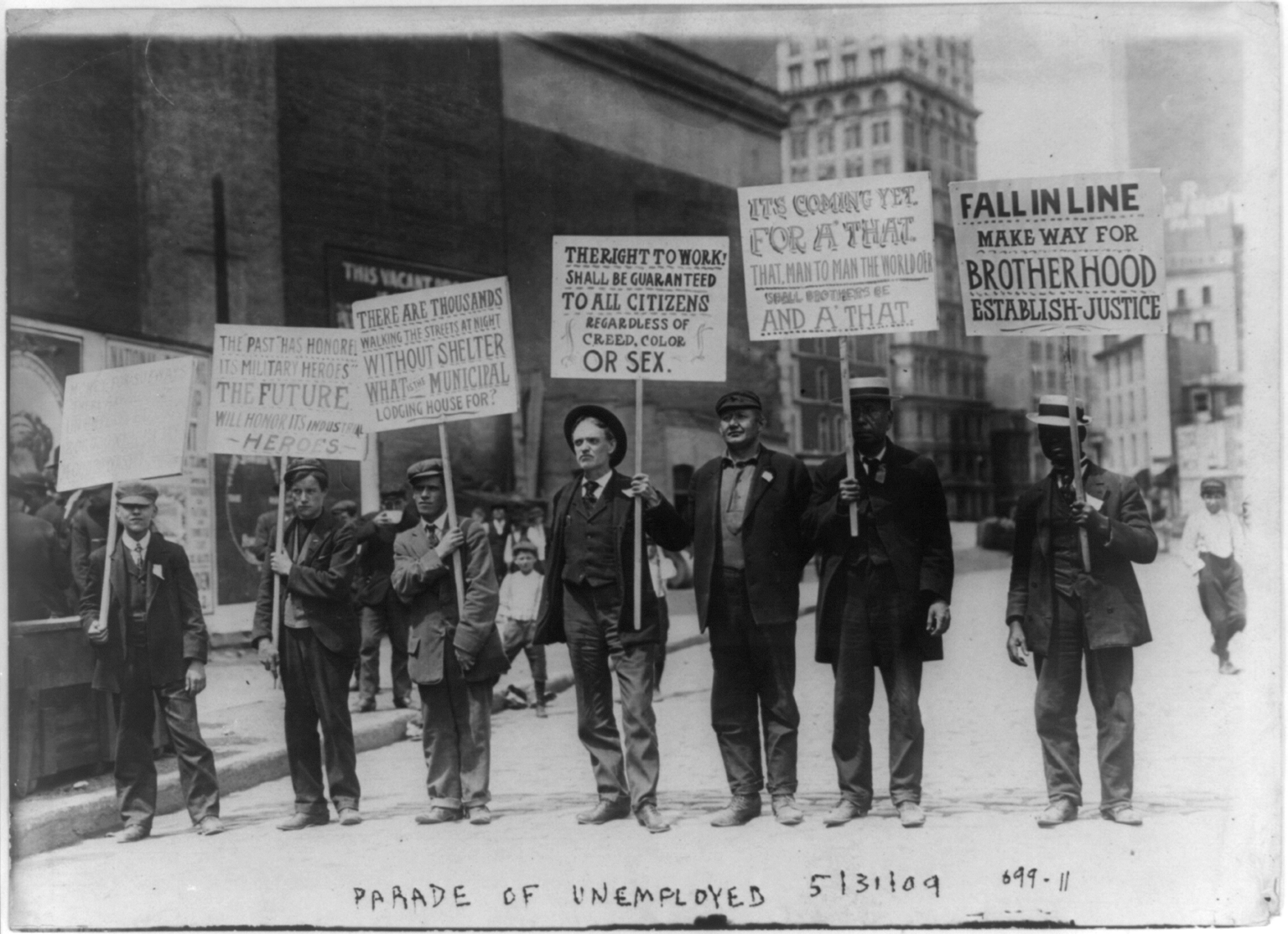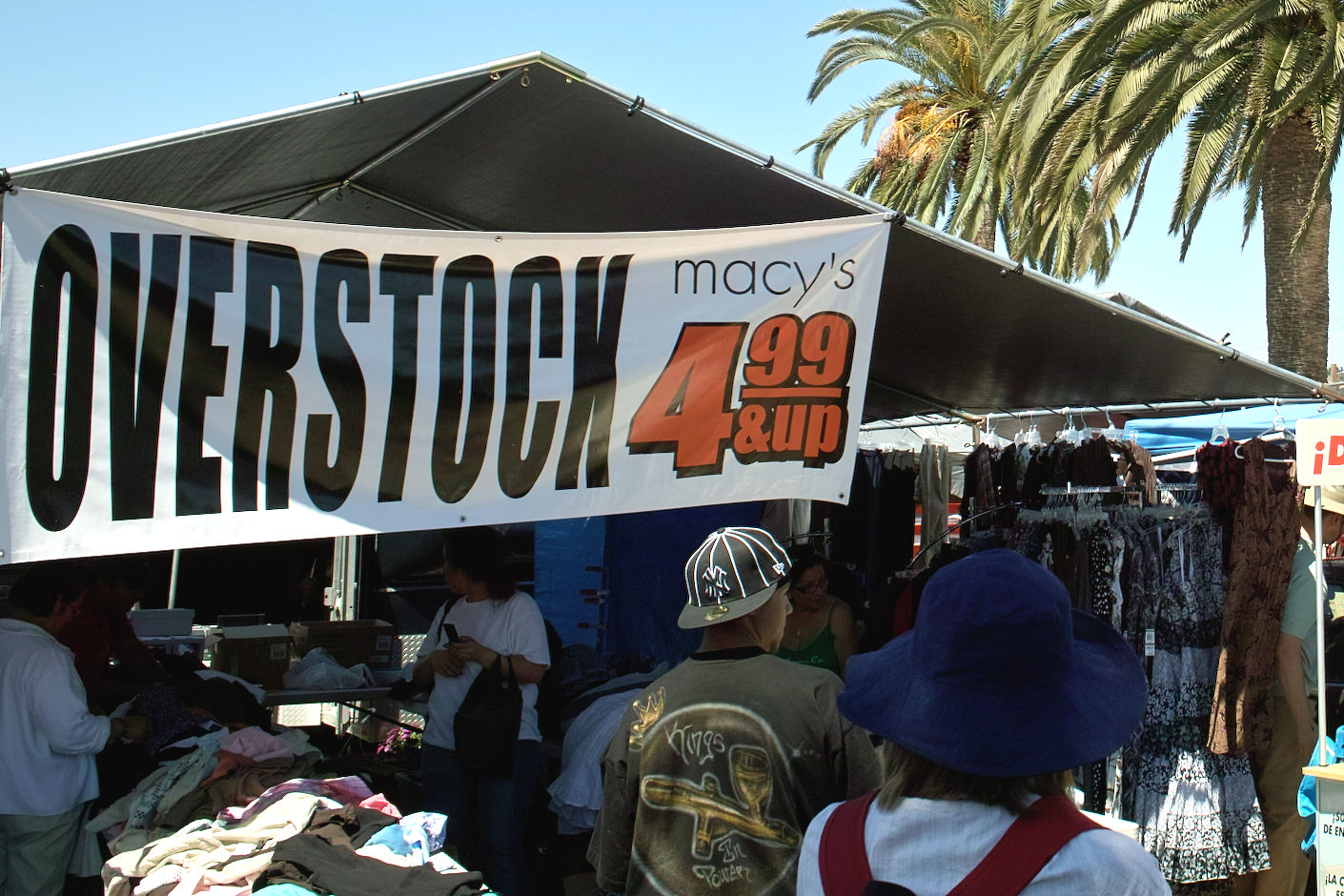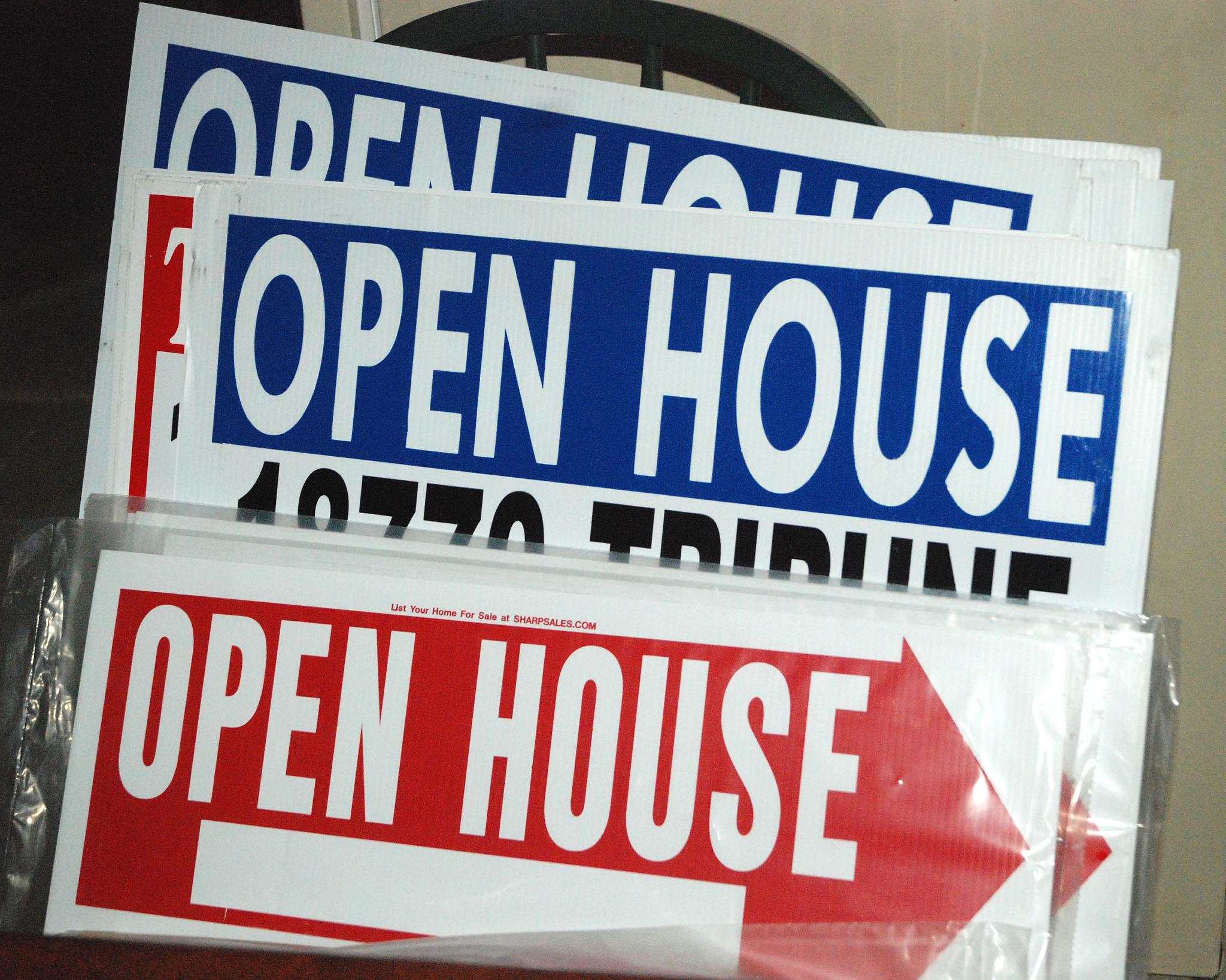Following “The Tree Tragedy” that destroyed the provider of shade (for us) and food and refuge (for birds and squirrels), I was ready to give notice and move out of our apartment. One problem: In December 2020, Governor Gavin Newsom essentially closed down the state for the entire month in response to a reported surge in SARS-CoV-2 (severe acute respiratory syndrome Coronavirus 2)/COVID-19 cases (e.g., positive tests for infection).
But Spring (e.g., Early Summer in San Diego parlance) brought more birds than any other year—many flocking to a hedge nearby our assigned parking space. Across the street, they, and other animals, used the mighty date palm as a majestic habitat. But South American Palm Weevils infested the tree, which the city destroyed in late July. The bugs are not indigenous and removal of infected palms seeks to slow their spread.

